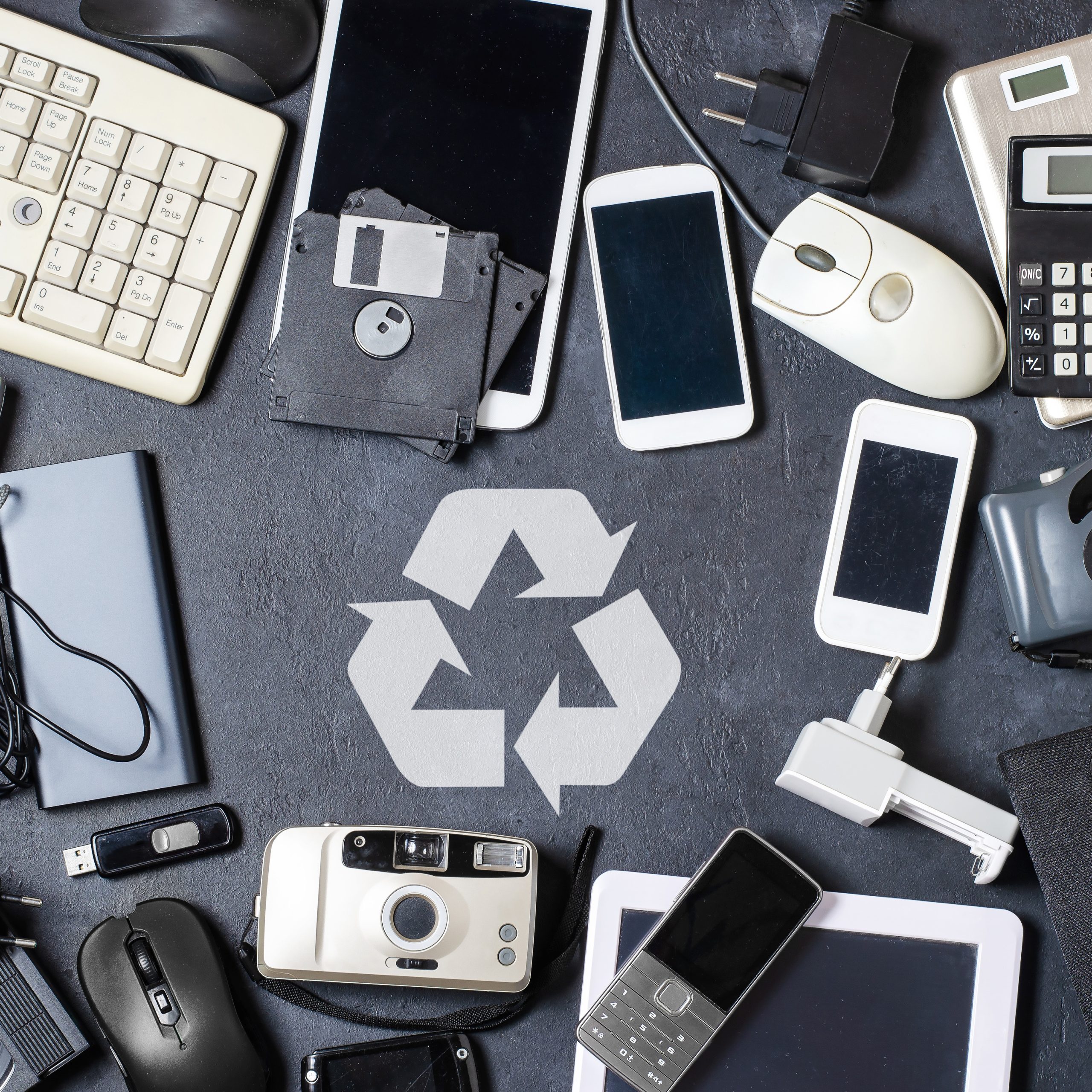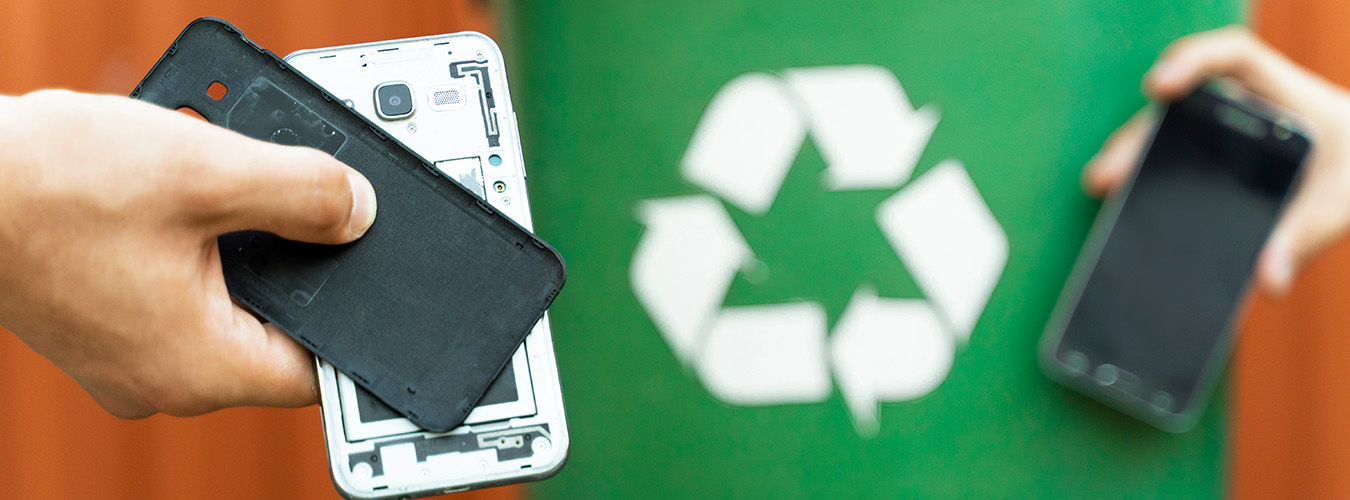Mobile devices have undoubtedly transformed our lives—and business operations—for the better. From mobile phones and tablets, to barcode scanners and RFID, they’ve made us faster, better connected, and more informed. However, the rapid pace of technological advancement has a hidden cost that often goes unnoticed: electronic waste, or e-waste.
The rise of mobile devices
As early adopters of new technology, especially mobile technology, we appreciate how mobile devices have revolutionized the way we communicate, work, and access information. So we’re the first to raise our hand and admit that when new models are released that boast enhanced features and capabilities, our business is eager to upgrade to stay on the cutting edge of technology and enhance PiiComm’s operational excellence, as well as those of our customers.
However, the end result is that the lifespan of mobile devices has shortened significantly, leading to a surge in electronic waste, or ‘e-waste’, generation. In Canada alone, e-waste has more than tripled in the last two decades and by 2030, it’s expected that Canadians will produce 1.2 million tonnes annually. Yes, annually.

The e-waste challenge
This rising increase in e-waste poses several significant concerns and consequences, impacting both the environment and human health. These challenges include:
- Environmental impact: E-waste contains hazardous materials such as lead, mercury, cadmium, and brominated flame retardants. When improperly disposed of, these toxins can leach into the soil, water, and air, contaminating ecosystems and posing risks to wildlife and vegetation. Additionally, the energy and resources required to manufacture electronic devices contribute to environmental degradation, including deforestation, habitat destruction, and greenhouse gas emissions.
- Health risks: Exposure to e-waste pollutants can have serious health consequences for humans. Workers involved in informal recycling operations, particularly in developing countries where regulations may be lax, are at risk of respiratory problems, skin disorders, neurological disorders, and cancer due to direct contact with hazardous substances. Moreover, improper disposal methods such as burning e-waste can release toxic fumes into the air, endangering nearby communities.
- Resource depletion: Electronic devices contain valuable resources such as precious metals (e.g., gold, silver) and rare earth elements (e.g., neodymium, tantalum) that are finite and non-renewable. As e-waste accumulates in landfills or incinerators, these resources are lost and must be extracted from increasingly scarce natural reserves, leading to resource depletion and contributing to environmental degradation.
- Social Impacts: The e-waste management industry often operates in informal and unregulated sectors, leading to exploitative labor practices, including child labor and unsafe working conditions. Moreover, the unequal distribution of e-waste disposal sites disproportionately affects marginalized communities, exacerbating social inequalities and environmental injustice.

The role of Canadian businesses
Addressing this growing problem will require concerted efforts to promote responsible consumption, recycling, and sustainable management of electronic devices. Here are a few steps that Canadian businesses, PiiComm included, can take to minimize their environmental footprint.
- Extended product lifespan: Encourage your end-users to maximize the lifespan of their mobile devices through preventative maintenance as well as timely repair and upgrades. If you’re not yet using an enterprise-grade MDM platform, it might be the time to consider one.
- Responsible recycling: Partner with certified e-waste recycling facilities to ensure that end-of-life devices are recycled in an environmentally sound manner. Look for recycling programs that adhere to recognized standards and insist on certified proof that the devices have been responsibly recycled.
- Circular economy initiatives: Embrace circular economy principles by making procurement decisions for mobile devices with longevity, repairability, and recyclability criteria. Explore innovative business models such as device leasing or subscription services to promote product reuse and reduce waste.
- Education and awareness: Do your part and raise awareness among employees, customers, and stakeholders about the environmental impact of e-waste and the importance of responsible electronics consumption. Provide resources and guidance on proper e-waste disposal practices.
Together, our conscious efforts to reduce, reuse, and recycle our mobile devices can ensure that future generations inherit a cleaner and healthier planet. At PiiComm, we’re seeing the rising growth in e-waste as a call to arms. We plan on getting a lot more involved in this issue and we’ll also try to do our part in terms of raising awareness amongst the Canadian business community. I hope you’ll join us.





